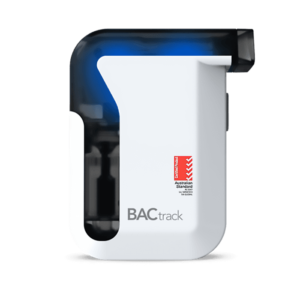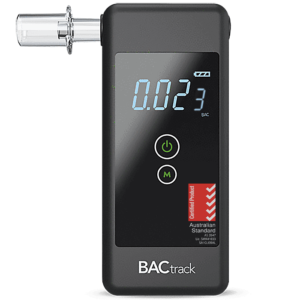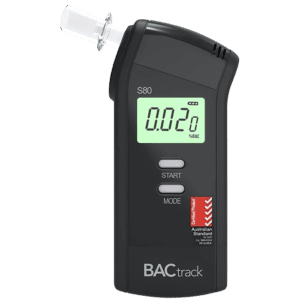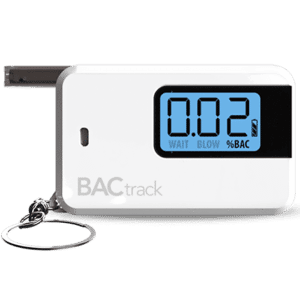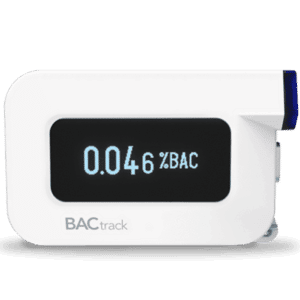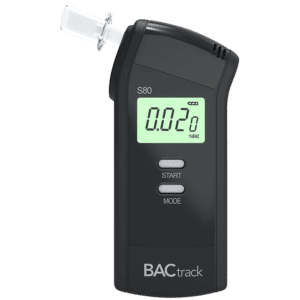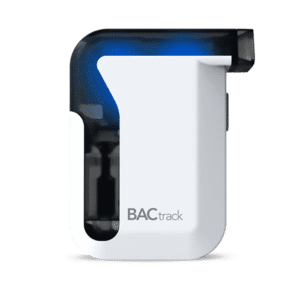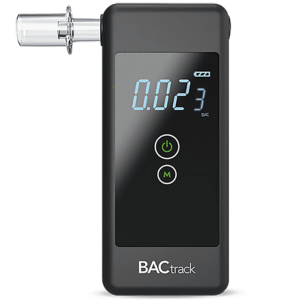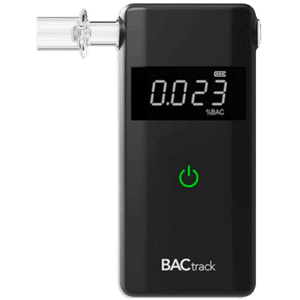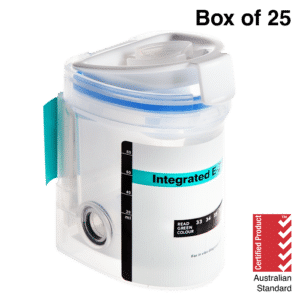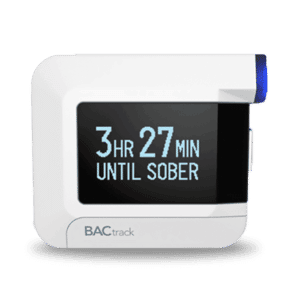Drug and Alcohol: How to Detect & the Treatment Options
21 March, 2024

Detecting drug and alcohol use can be done through various methods such as urine, saliva, blood, hair, and breath testing. Each method has its detection window and sensitivity levels. Treatment options for those struggling with substance abuse include detoxification, Medication Assisted Therapy (MAT), and Cognitive Behavioural Therapy (CBT). These methods help individuals overcome their addiction. It is important to seek help and support from professionals when dealing with alcohol and drug abuse to ensure a successful recovery process.
The harmful effects of alcohol and illegal drugs are seen across different environments. It is evident in workplaces and is one of the leading causes of accidents and injuries. It also has an impact on productivity and relationships. Many institutions enforce alcohol and drug policies and testing programs to mitigate the risks related to impairment. This article will present alcohol and drug use in society, covering detection methods and treatment options for individuals struggling with substance abuse.
Overview of Drug and Alcohol Use in Society
In Australia, there is a significant number of individuals who struggle with drug and alcohol use. These people are often caught in a cycle of addiction, where they rely on substances to cope with their daily struggles. Party drugs, such as ecstasy and cocaine, are prevalent among young adults, especially those who frequent clubs and music festivals. The recreational use of illegal drugs contributes to the overall drug abuse problem in the country.
Alcohol abuse is also a significant concern. Many people turn to excessive drinking as a way to unwind or escape from their problems. This behaviour often leads to negative consequences on an individual and societal level. Despite legal drinking ages, there is a concerning number of young people aged 14 to 17 who engage in binge drinking, putting themselves at risk for alcohol-related harm.
Furthermore, the combination of alcohol and illicit drug-related harm is a pressing issue. Substance abuse not only affects the individuals directly involved. It also has far-reaching consequences on their families, communities, and the healthcare system as a whole.
Importance of Addressing the Issue
- Addressing alcohol and drug issues reduces incidents of crime and violence.
- Tackling substance abuse promotes physical and mental health among individuals and communities.
- Decreased alcohol and drug use issues lead to a more efficient and effective workforce.
- By addressing these issues, families are shielded from the negative impacts of alcohol and drug addiction.
- Prevention efforts save lives by preventing overdoses and health risks related to substance use.
- Fewer substance abuse cases alleviate strain on healthcare resources and budgets.
- A focus on alcohol and drug issues ensures safer and more conducive learning environments.
- Addressing issues related to alcohol and drug misuse positively impacts economic stability.

How to Detect Drugs and Alcohol in the System
Detecting drugs and alcohol in the system is crucial for maintaining health and safety, especially among chronic users. Health professionals primarily rely on various testing methods to identify the presence of substances of abuse. Firstly, urine testing involves collecting a urine sample and analysing it for the presence of metabolites. This method is popular due to its ease of collection and accuracy in detecting a wide range of substances.
Secondly, saliva testing is advantageous as it can detect recent drug use more effectively than urine testing. Thirdly, blood testing directly measures the concentration of alcohol and drugs in the bloodstream. While this method is highly accurate, it is invasive and generally reserved for situations requiring precise measurements.
Fourthly, hair testing can detect the presence of drugs over an extended period, providing a comprehensive overview of substance use history. Lastly, breath alcohol testing can measure the concentration of alcohol in the breath, indicating recent alcohol consumption. By utilising various testing methods, health professionals can effectively identify alcohol and addictive drug use. This facilitates appropriate interventions and access to drug services for those in need.
Commonly Detected Substances
Commonly detected substances are typically categorised into illegal drugs, prescription drugs, and ethanol. Illegal drugs include cannabis, cocaine, heroin, ecstasy, and methamphetamine. Prescription drugs become problematic when misused or abused, leading to health complications and legal consequences. These include opiates, opioids, amphetamines, and benzodiazepines.
Ethanol serves as the primary psychoactive component detected in alcohol testing. Its consumption impairs cognitive and motor functions, posing risks to safety, particularly in tasks requiring alertness and coordination. Detecting ethanol levels aids in assessing impairment and enforcing safety measures. Testing targets these substance categories to uphold laws, ensure public safety, and address health concerns.

Treatment Options for Drug and Alcohol Abuse
Detoxification is often the initial step in treating drug and alcohol abuse. During detox, individuals undergo a process to rid their bodies of harmful substances. This can help manage drug or alcohol withdrawal symptoms that may arise. Alcohol and drug treatment services closely monitor patients during detox to ensure their safety and provide support through this phase.
In addition, MAT is a common approach that health professionals or mental health services use for managing alcohol and drug dependence. This approach involves the use of medication or pharmacotherapy, in conjunction with counselling and behavioural therapies, to reduce alcohol consumption, daily drinking, or drug use in adults. MAT can help alleviate cravings for alcohol and drugs.
CBT is another treatment method that targets identifying and altering patterns of thinking linked to addiction. This behavioural intervention equips individuals with skills to cope with triggers and cravings, and it emphasises relapse prevention strategies. After weeks of therapy, patients can learn healthier coping mechanisms and develop the tools needed to maintain sobriety.
Support Services
Support services are crucial for helping individuals struggling with addiction. They provide counselling, therapy, and access to rehabilitation programs. The main goal is to help people overcome substance abuse challenges. These services provide individuals with personalised care and practical strategies to address cravings and reduce the risk of relapse.
Additionally, support services offer educational resources and community-based initiatives. They raise awareness about substance abuse and promote prevention efforts. Through outreach programs, workshops, and informational campaigns, they aim to empower communities to recognise addiction signs and seek help. These services offer continuous support and resources to help individuals in their recovery process.
Conclusion
Drug and alcohol abuse poses significant challenges to individuals and society in Australia. Various testing methods, including urine, saliva, blood, hair, and breath tests, play a crucial role in identifying substance use. These tests enable healthcare professionals to intervene promptly and provide necessary support to individuals struggling with addiction. By detecting substance abuse and offering interventions, communities can work towards mitigating the adverse effects of alcohol and drug misuse.
Addressing substance abuse involves a multifaceted approach. Detoxification serves as an initial step to manage withdrawal symptoms, followed by MAT and CBT to reduce cravings and prevent relapse. Support services play a vital role by providing counselling, rehabilitation programs, and community-based initiatives to empower individuals and communities in the journey towards recovery. With these comprehensive strategies, individuals struggling with addiction can find the support and resources needed to overcome challenges and lead healthier lives.


















